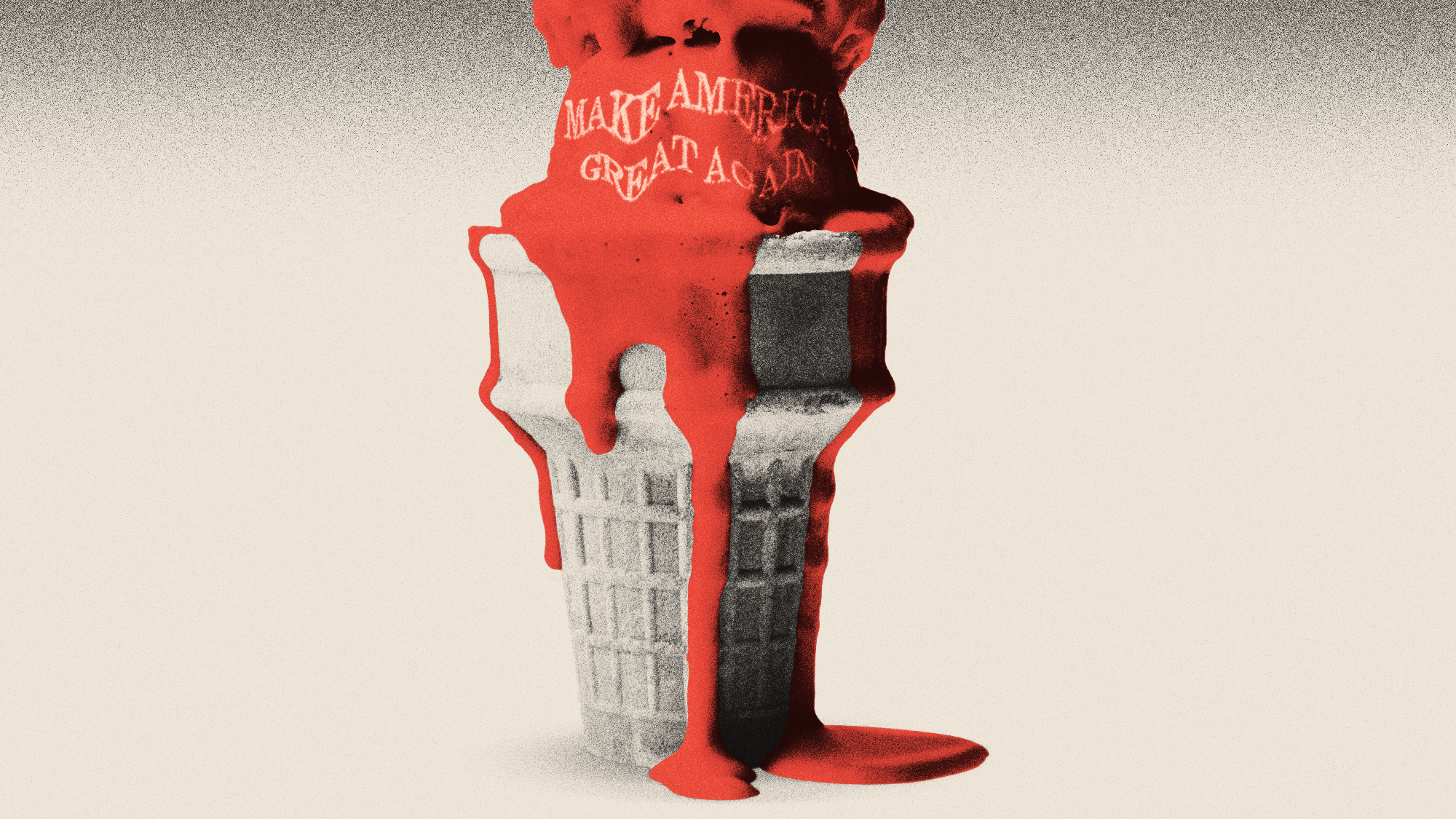Exhibition of the week
Birth of the Cool: California Art, Design, and Culture at Midcentury
Birth of the Cool:
California Art, Design,
and Culture at Midcentury
The Week
Escape your echo chamber. Get the facts behind the news, plus analysis from multiple perspectives.

Sign up for The Week's Free Newsletters
From our morning news briefing to a weekly Good News Newsletter, get the best of The Week delivered directly to your inbox.
From our morning news briefing to a weekly Good News Newsletter, get the best of The Week delivered directly to your inbox.
Orange County Museum of Art Newport Beach, Calif.
Through Jan. 6, 2008
This exhibit makes the old seem brand-new, said Holly Myers in the LA Weekly. Named for a Miles Davis album, it brings together dozens of works from the 1950s, in many media, “drawing a broad spectrum of phenomena into a concise portrait of the age.” Film, photography, painting, and furniture all bear the mark of midcentury California cool. The look is “easy to identify,” but more difficult to define. It’s what links Wile E. Coyote cartoons and jazz-album cover designs to the “soaring lines” of architect Pierre Koenig or the “dancing shapes” of painter Lorser Feitelson. Though these items are now prized by collectors, the movement wasn’t snobbish. Indeed, if there’s one theme, “it’s a basic faith in the tastes of the common man: a democratic spirit” that sums up the California of the era.
Maybe that’s why “the disposable-pop product in this show is the stuff that’s really endured,” said Greg Stacy in the Orange County, Calif., Weekly. Today’s architects and designers still draw on works by such figures as Koenig and John Lautner, and the cover for Davis’ Birth of the Cool “could’ve been designed six minutes ago.” By comparison, “the capital-A ‘art’ has not aged all that well.” William Claxton’s black-and-white photographs of Los Angeles nightlife remain captivating. But, when studying the “abstract, geometric paintings by artists such as Frederick Hammersley and Karl Benjamin, you could easily believe it was all the work of the same guy.” Their paintings are so cool that they’re, frankly, frigid.
A free daily email with the biggest news stories of the day – and the best features from TheWeek.com
That gets history precisely wrong, said Christopher Knight in the Los Angeles Times. The paintings are, in fact, “the exhibition’s centerpiece.” Painters including Benjamin, Hammersley, Helen Lundeberg, and the movement’s “supreme genius,” John McLaughlin, were the first to define the new look. These so-called hard-edge abstractionists used simple patterns and blocks of color, playing with space and perception in ways that proved highly influential. “Like jazz, where the measured silences are as aurally and emotionally resonant as the finely tuned musical notes, hard edge brings being and nothingness into equipoise.” These painters are not well known outside the region, but their joy and clarity remain as vibrant as ever. It’s fitting that this fun, fascinating, and “smashing-looking” celebration of midcentury California should pay tribute to “the first great generation of postwar L.A. painting.”
-
 Metaverse: Zuckerberg quits his virtual obsession
Metaverse: Zuckerberg quits his virtual obsessionFeature The tech mogul’s vision for virtual worlds inhabited by millions of users was clearly a flop
-
 Frank Gehry: the architect who made buildings flow like water
Frank Gehry: the architect who made buildings flow like waterFeature The revered building master died at the age of 96
-
 Is MAGA melting down?
Is MAGA melting down?Today's Big Question Candace Owens, Tucker Carlson, Laura Loomer and more are feuding
-
If/Then
feature Tony-winning Idina Menzel “looks and sounds sensational” in a role tailored to her talents.
-
Rocky
feature It’s a wonder that this Rocky ever reaches the top of the steps.
-
Love and Information
feature Leave it to Caryl Churchill to create a play that “so ingeniously mirrors our age of the splintered attention span.”
-
The Bridges of Madison County
feature Jason Robert Brown’s “richly melodic” score is “one of Broadway’s best in the last decade.”
-
Outside Mullingar
feature John Patrick Shanley’s “charmer of a play” isn’t for cynics.
-
The Night Alive
feature Conor McPherson “has a singular gift for making the ordinary glow with an extra dimension.”
-
No Man’s Land
feature The futility of all conversation has been, paradoxically, the subject of “some of the best dialogue ever written.”
-
The Commons of Pensacola
feature Stage and screen actress Amanda Peet's playwriting debut is a “witty and affecting” domestic drama.